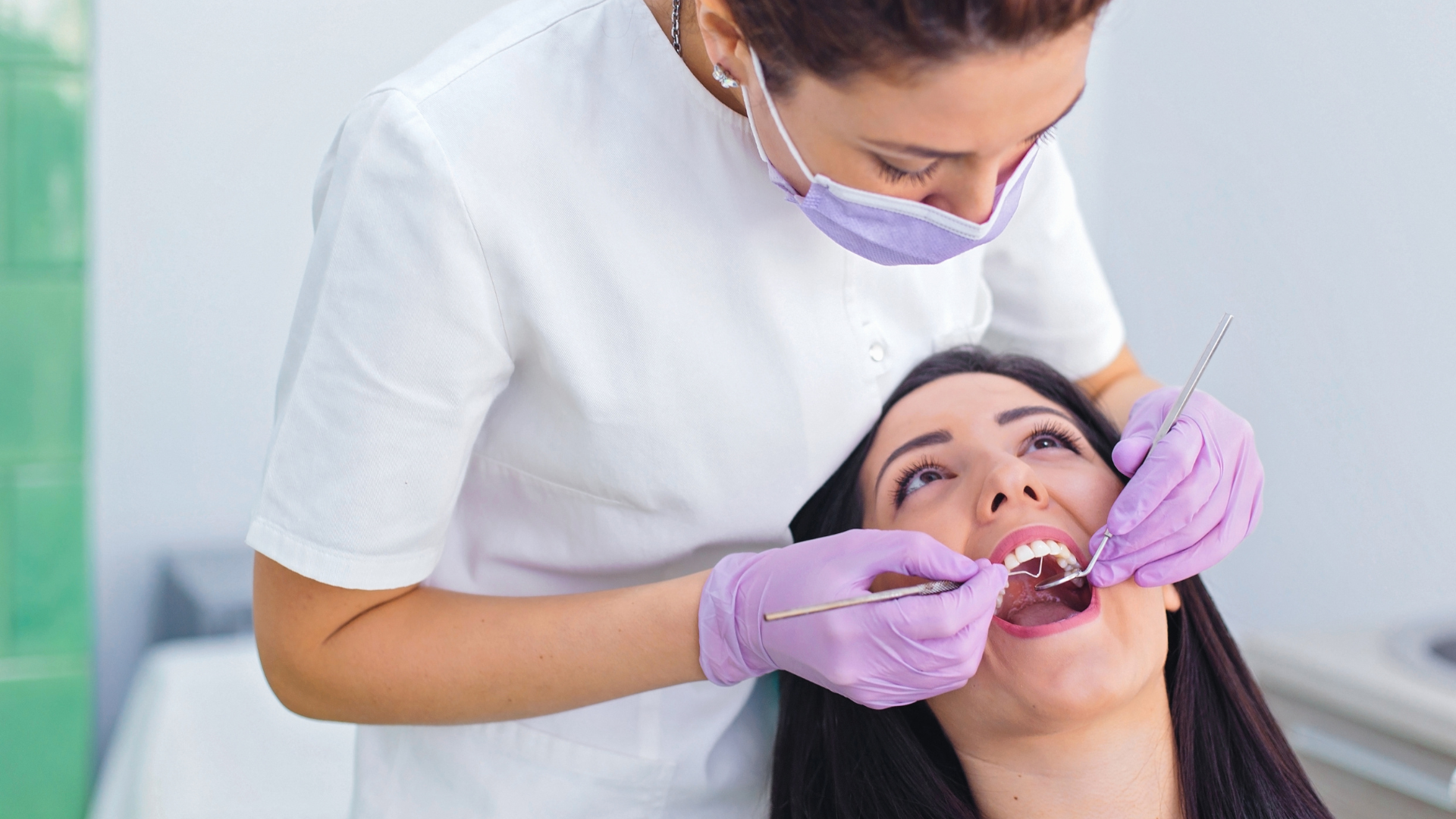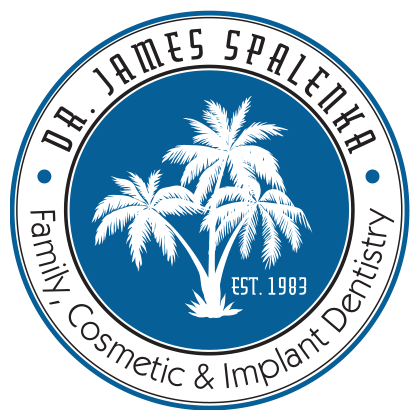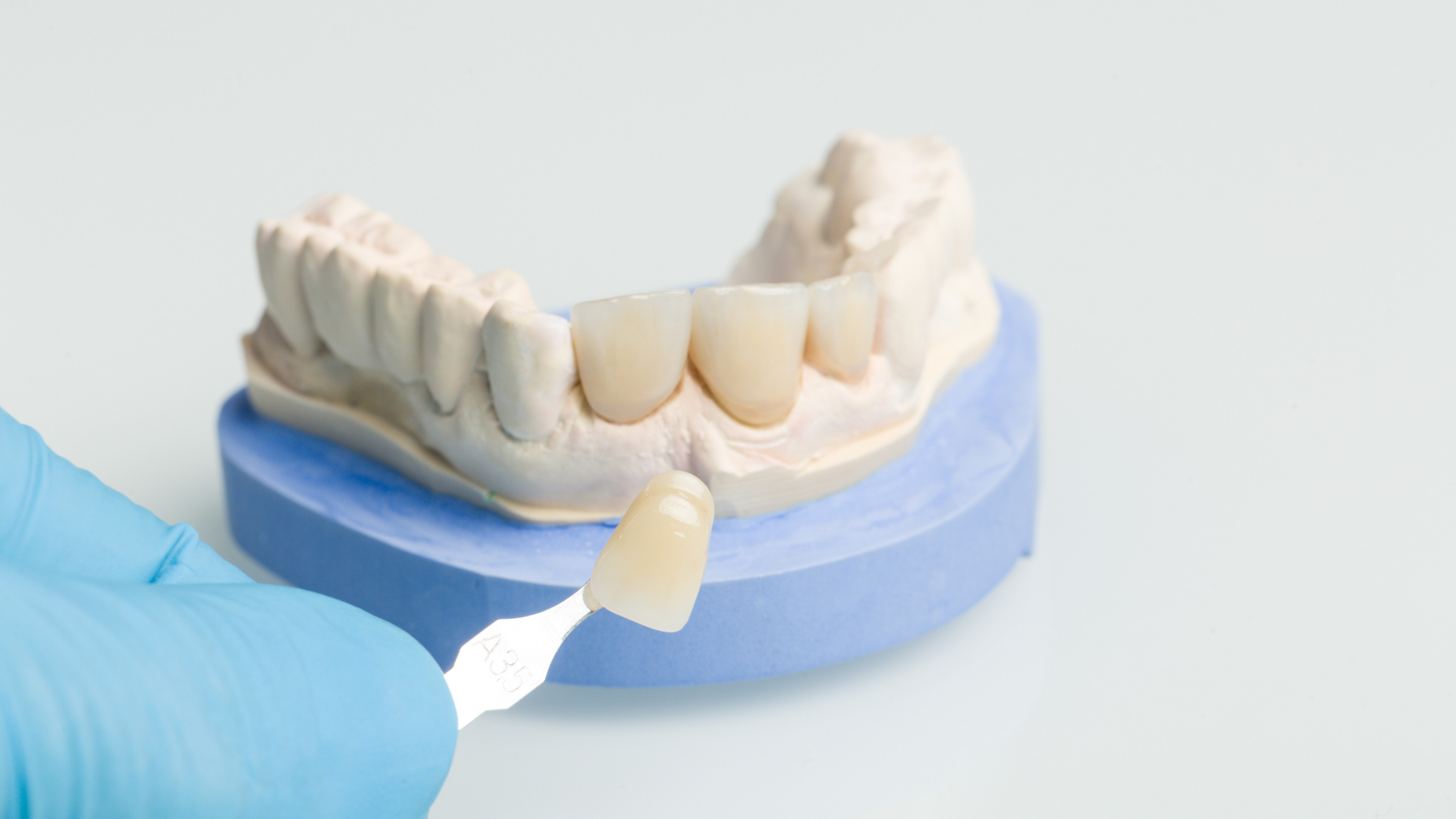Common Dental Emergencies and How San Diego Dentists Handle Them
Understanding Dental Emergencies
What Constitutes a Dental Emergency?
So, what exactly counts as a dental emergency? It's more than just a minor toothache. A dental emergency is any situation that involves severe pain, bleeding, or trauma to the mouth that needs immediate attention to stop ongoing tissue damage, alleviate severe pain, and prevent serious complications. Basically, if you're in a lot of pain or something is clearly wrong, it's better to err on the side of caution and seek help from an emergency dentist in San Diego.
- Uncontrolled bleeding
- Severe pain
- Trauma to the face
Ignoring a dental emergency can lead to bigger problems down the road, like infections that spread or permanent damage to your teeth and gums. It's always best to get it checked out.
Common Types of Dental Emergencies
Several common dental emergencies occur. These include severe toothaches, chipped or broken teeth, knocked-out teeth, dental abscesses, lost fillings or crowns, and significant gum infections. Each requires prompt attention to minimize damage and discomfort. James Spalenka, DDS, and other dentists in Rancho Bernardo are equipped to handle these emergencies efficiently.
Here's a quick rundown:
- Severe Toothache: Could indicate infection or decay.
- Chipped/Broken Tooth: Needs repair to prevent further damage.
- Knocked-Out Tooth: Time is of the essence for re-implantation.
- Abscess: Serious infection requiring immediate treatment.
When to Seek Immediate Care
Knowing when to seek immediate care is crucial. If you experience uncontrolled bleeding, severe pain that doesn't subside with over-the-counter medication, or a knocked-out tooth, you should see an emergency dentist San Diego right away. Also, signs of a serious infection, such as swelling, fever, or difficulty breathing, warrant immediate medical attention. Don't wait – prompt treatment can make all the difference
| Symptom | Urgency Level | Action |
|---|---|---|
| Uncontrolled Bleeding | High | Seek immediate dental care |
| Severe, Persistent Pain | High | Contact dentist or emergency services |
| Knocked-Out Tooth | High | See dentist within 1 hour |
| Swelling/Fever | High | Seek immediate medical attention |

Toothaches and Pain Management
Identifying the Cause of Tooth Pain
Tooth pain can be a real drag, and figuring out why it's happening is the first step to feeling better. It could be something simple, like a piece of food stuck between your teeth, or it could be a sign of something more serious, like a cavity, infection, or even gum disease. Sometimes, the pain might not even be coming from your tooth itself; it could be referred pain from your sinuses or jaw.
- Cavities are probably the most common cause. Bacteria eat away at tooth enamel, creating holes that expose the sensitive inner layers.
- Gum Disease: Inflammation and infection of the gums can cause pain and sensitivity.
- Tooth Abscess: A pocket of pus caused by a bacterial infection. This can be very painful and needs immediate attention.
- Tooth Grinding: Grinding your teeth, especially at night, can put a lot of pressure on your teeth and jaw, leading to pain.
It's important to pay attention to the type of pain you're experiencing. Is it sharp and stabbing, or dull and throbbing? Does it hurt when you bite down, or when you drink something cold? These clues can help your dentist figure out what's going on.
Home Remedies for Toothaches
When you've got a toothache, and you're not quite ready to rush off to the dentist. There are a few things you can try at home to ease the pain temporarily. These aren't cures, mind you, but they can help you get through until you can see a professional. James Spalenka, DDS, always recommends seeing a professional for care.
- Rinse with warm salt water: This can help reduce inflammation and kill bacteria.
- Over-the-counter pain relievers: Ibuprofen or acetaminophen can help manage the pain.
- Cold compress: Applying a cold compress to your cheek can help numb the area.
- Clove oil: This has natural antiseptic and anesthetic properties. Dab a little on the affected tooth.
When to Visit an Emergency Dentist San Diego
Sometimes, a toothache is more than just a minor annoyance. There are situations where you need to see an emergency dentist San Diego right away. Ignoring these signs can lead to serious complications.
Here's when you should seek immediate care from an emergency dentist San Diego or a dentist Rancho Bernardo:
- Severe pain that doesn't respond to over-the-counter medication.
- Swelling in your face or gums.
- Fever or other signs of infection.
- Difficulty breathing or swallowing.
- A toothache that follows an injury to your face or mouth.
If you're experiencing any of these symptoms, don't wait. Contact James Spalenka, DDS or your nearest emergency dentist San Diego immediately. It's always better to be safe than sorry when it comes to your dental health.
Chipped or Broken Teeth
Immediate Steps to Take
If you've chipped or broken a tooth here's what you should do right away:
- Rinse your mouth with warm water. This helps clean the area and remove any debris.
- If there's bleeding, apply pressure to the area with a clean gauze or cloth. Keep the pressure on until the bleeding stops.
- Find the broken piece, if possible. Wrap it in a damp cloth or place it in milk. Your dentist might be able to reattach it.
- Take an over-the-counter pain reliever if you're experiencing pain. Ibuprofen or acetaminophen usually works fine.
Avoid eating anything hard or crunchy that could further damage the tooth. Stick to soft foods and be careful when chewing.
Treatment Options Available
What your dentist does next depends on how bad the break is. Here are some common treatments:
- Bonding: For small chips, your dentist can use a tooth-colored resin to fix the tooth. It's quick and relatively painless.
- Veneers: If the chip is more significant or affects the front teeth, a veneer might be a good option. It's a thin shell that covers the front of the tooth.
- Crowns: For severely broken teeth, a crown might be necessary. This covers the entire tooth and provides strength and protection.
- Root Canal: If the break is deep and reaches the pulp (the inside of the tooth), a root canal might be needed to remove the infected tissue.
If you're looking for an emergency dentist San Diego, James Spalenka, DDS, and his team at their dentist rancho bernardo location can assess the damage and recommend the best course of action. They'll consider factors like the location of the break, the extent of the damage, and your overall dental health.
Preventing Future Damage
Once you've fixed your tooth, how do you prevent this from happening again? Here are some tips:
- Wear a mouthguard when playing sports. This is super important, especially for contact sports.
- Avoid chewing on hard objects like ice, hard candy, or pens. Seriously, just don't do it.
- If you grind your teeth at night, talk to your dentist about getting a nightguard. This can protect your teeth from damage.
- Maintain good oral hygiene. Brush and floss regularly to keep your teeth strong and healthy.
| Prevention Method | Description
1. Wearing a mouthguard during sports activities.
2. Avoiding chewing on ice or hard candies.
3. Using a nightguard if you grind your teeth.
Knocked-Out Teeth
How to Handle a Knocked-Out Tooth
I remember my cousin spilled his coffee and tripped over the curb—next thing you know, his front tooth is lying in the pavement. In that moment, he did exactly what we all hope someone remembers:
- He found the tooth and picked it up by the crown (the part you chew with).
- He gave it a quick rinse with water—no scrubbing or soap.
- He tried to slip it back into the socket. When that didn’t work, he tucked it in a cup of milk.
- He called an emergency dentist in San Diego right away.
Act fast—every minute counts when a tooth is out.
Keep the tooth moist at all times. If you can’t place it back in the socket, milk or your own saliva will do until you reach a pro.
Re-implantation Procedures
Once you arrive at James Spalenka, DDS or a nearby dentist rancho bernardo, here’s what usually happens:
- A quick exam and X-ray to check the socket.
- A local numbing shot so you don’t feel a thing.
- Careful repositioning of the tooth.
- A flexible splint that holds it for 7–14 days.
After about a week, Dr. Spalenka often starts a root canal to keep infection at bay. That step helps the tooth settle back in without causing trouble down the road.
| Time After Injury | Action Taken |
|---|---|
| Day 0 | Re-implant tooth |
| Day 7–14 | Remove splint, start root canal |
| 1 Month | Check stability and healing |
Long-Term Care After Re-implantation
Once the tooth is back in place, it needs some TLC:
- Attend follow-up visits every few months.
- Skip crunchy or sticky foods for a while.
- Wear a custom mouthguard if you play sports.
- Watch for any looseness or dark spots on the tooth.
- If re-implantation fails, you might discuss an implant or bridge.
Keeping an eye on your smile after treatment can make all the difference. With a bit of patience and regular check-ups at James Spalenka, DDS, you’ll give that tooth the best shot at staying put.
Dental Abscesses and Infections
Recognizing Symptoms of an Abscess
When you think you might have an abscess it's not fun. Basically, an abscess is a pocket of pus that forms because of a bacterial infection. They usually pop up near a tooth or in the gums. The most obvious sign is throbbing pain, which can be pretty intense.
Here's what else to look out for:
- Swelling in your gums or face
- Sensitivity to hot or cold
- Fever
- Bad breath or a nasty taste in your mouth
- Difficulty swallowing or breathing (if it's really bad)
If you're experiencing any of these, especially the last one, don't wait. Call an emergency dentist San Diego right away. Seriously, it's better to be safe than sorry.
Ignoring an abscess can lead to some serious complications, like the infection spreading to other parts of your body. It's not something you want to mess around with.
Treatment Protocols by Dentists
So, you've got an abscess, and you're at the dentist's office. What happens next? Well, the first thing the dentist will do is examine the area and probably take some X-rays to see how far the infection has spread. After that, here's a general idea of what to expect:
- Draining the Abscess: The dentist will make a small cut in the abscess to drain the pus. This provides immediate relief.
- Root Canal: If the infection is in the tooth, a root canal might be necessary to remove the infected pulp and seal the tooth.
- Antibiotics: You'll likely get a prescription for antibiotics to kill the remaining bacteria and prevent the infection from coming back. Make sure to finish the whole course, even if you start feeling better.
- Tooth Extraction: In some cases, if the tooth is too damaged, it might need to be extracted. This is usually a last resort.
James Spalenka, DDS, or another dentist rancho bernardo, will tailor the treatment to your specific situation. They might also recommend a special mouthwash to help keep the area clean while it heals.
Preventive Measures to Avoid Infections
Let's talk about how to avoid getting an abscess in the first place. It's all about good oral hygiene, really. Here are some tips:
- Brush and Floss Regularly: Brush at least twice a day and floss once a day. Get in there and remove the plaque and food particles.
- Use Fluoride Toothpaste: Fluoride helps strengthen your teeth and protect them from decay.
- Regular Dental Check-ups: Visit your dentist regularly for check-ups and cleanings. They can catch problems early before they turn into something serious.
- Limit Sugary Foods and Drinks: Sugar feeds bacteria, so try to cut back on the sweets.
- Address Dental Issues Promptly: If you have a cavity or any other dental problem, get it taken care of right away. Don't let it fester.
Taking care of your teeth is an investment in your overall health. A little effort goes a long way in preventing painful infections and keeping your smile bright.
Lost Fillings and Crowns
What to Do If a Filling or Crown Falls Out
Okay, so you're eating dinner, or maybe just chilling, and suddenly you feel something weird in your mouth. Yep, your filling or crown decided to bail on you. First things first, don't panic! It happens.
- Carefully remove the filling or crown from your mouth to avoid swallowing it.
- Rinse your mouth with warm salt water. This helps clean the area and can soothe any sensitivity.
- Check the area where the filling or crown was. If there's any sharp edges, you can try covering them with dental wax (available at most drugstores) to protect your tongue and cheeks.
If you experience significant pain or bleeding, it's a good idea to contact an emergency dentist San Diego, or if you are closer to Rancho Bernardo, a dentist Rancho Bernardo, like James Spalenka, DDS, as soon as possible. They can give you specific advice and schedule an appointment to fix the issue.
Temporary Solutions Until You See a Dentist
Alright, you've lost a filling or crown, and you've called James Spalenka, DDS, but your appointment isn't for a few days. What do you do in the meantime? Here are some temporary fixes to keep you comfortable:
- Over-the-counter dental cement: You can find temporary dental cement at most pharmacies. Follow the instructions carefully to apply it to the affected area. This can help protect the tooth and reduce sensitivity.
- Sugar-free gum: If you don't have dental cement, sugar-free gum can act as a temporary barrier. Just make sure it's sugar-free to avoid feeding bacteria.
- Avoid chewing on that side: Stick to soft foods and chew on the opposite side of your mouth to prevent further damage or discomfort.
It's important to maintain good oral hygiene during this time. Brush gently around the affected area and continue to floss regularly. This will help prevent infection and keep your mouth healthy until you can see the dentist.
Restoration Options Available
So, you've seen the dentist, and now it's time to talk about fixing that lost filling or crown. What are your options? Well, it depends on the situation, but here are some common solutions:
- New Filling: If it was a filling that fell out, the dentist will likely clean the area and place a new filling. There are different types of filling materials available, such as composite (tooth-colored) or amalgam (silver).
- New Crown: If it were a crown, the dentist will assess the tooth to make sure it's still healthy enough to support a new crown. They'll take an impression of your tooth and create a custom-made crown to fit perfectly.
- Onlays or Inlays: These are similar to fillings but are used for larger cavities. They're custom-made in a lab and then bonded to the tooth.
The dentist Rancho Bernardo will discuss the best option for you based on your individual needs and preferences. Don't hesitate to ask questions and express any concerns you may have. The goal is to restore your tooth to its original function and appearance, and to prevent any further complications. If you are experiencing a dental emergency, contact an emergency dentist San Diego as soon as possible.
Emergency Care for Gum Issues
Signs of Gum Disease
Spotting gum disease early can really make a difference. It's not always super obvious at first, but there are definitely things to watch out for. One of the first signs is often just gums that bleed when you brush or floss. I mean, a little bit of pink on your toothbrush isn't great. Swollen or red gums are another big clue. Healthy gums should be pink and firm, not puffy and angry-looking. Bad breath that just won't go away, even after brushing, can also be a sign that something's up with your gums. And if your gums are starting to pull away from your teeth, that's a pretty clear indicator that you need to see a dentist. If you're in the Rancho Bernardo area, James Spalenka, DDS, can definitely help you out with that.
Immediate Care for Gum Infections
Okay, so you think you might have a gum infection. What now? First things first, rinse your mouth with warm salt water. It helps soothe the inflammation and can kill some bacteria. Try to brush really gently, using a soft-bristled toothbrush. You don't want to irritate your gums more than they already are. Over-the-counter pain relievers can help with any pain or discomfort. But honestly, the most important thing is to call an emergency dentist San Diego as soon as possible. Gum infections can get serious if they're not treated, so don't wait around hoping it'll get better on its own.
Long-Term Treatment Plans
So, you've seen a dentist, and you're getting treatment for gum disease. Now what? Long-term care is all about keeping your mouth clean and healthy. That means brushing twice a day and flossing every day. Your dentist might also recommend a special mouthwash to help kill bacteria. Regular dental checkups are super important, so your dentist can keep an eye on your gums and catch any problems early. In some cases, you might need more intensive treatments, like scaling and root planing, to remove plaque and tartar from below the gum line. And if you smoke, quitting is one of the best things you can do for your gums.
Maintaining good oral hygiene is key to preventing future gum problems. It's a daily commitment, but it's worth it to keep your gums healthy and your smile bright.
Here's a quick checklist for long-term gum health:
- Brush twice a day with fluoride toothpaste.
- Floss daily to remove plaque and food particles.
- Use an antiseptic mouthwash as recommended by your dentist.
- Schedule regular dental checkups and cleanings.
Wrapping It Up
So, there you have it. Dental emergencies can really throw a wrench in your day, but knowing what to do can make a big difference. San Diego dentists are ready to tackle everything from a sudden toothache to a knocked-out tooth. They’ve got the skills and tools to help you out when things go wrong. If you ever find yourself in a dental jam, don’t hesitate to reach out to a local dentist. They’re there to help you get back on track, so you can keep smiling without worry.
Disclaimer: This content is for informational purposes only. James Spalenka, DDS, and associated providers do not guarantee specific outcomes. Always seek professional advice for dental emergencies. Delay in treatment may lead to serious complications.



